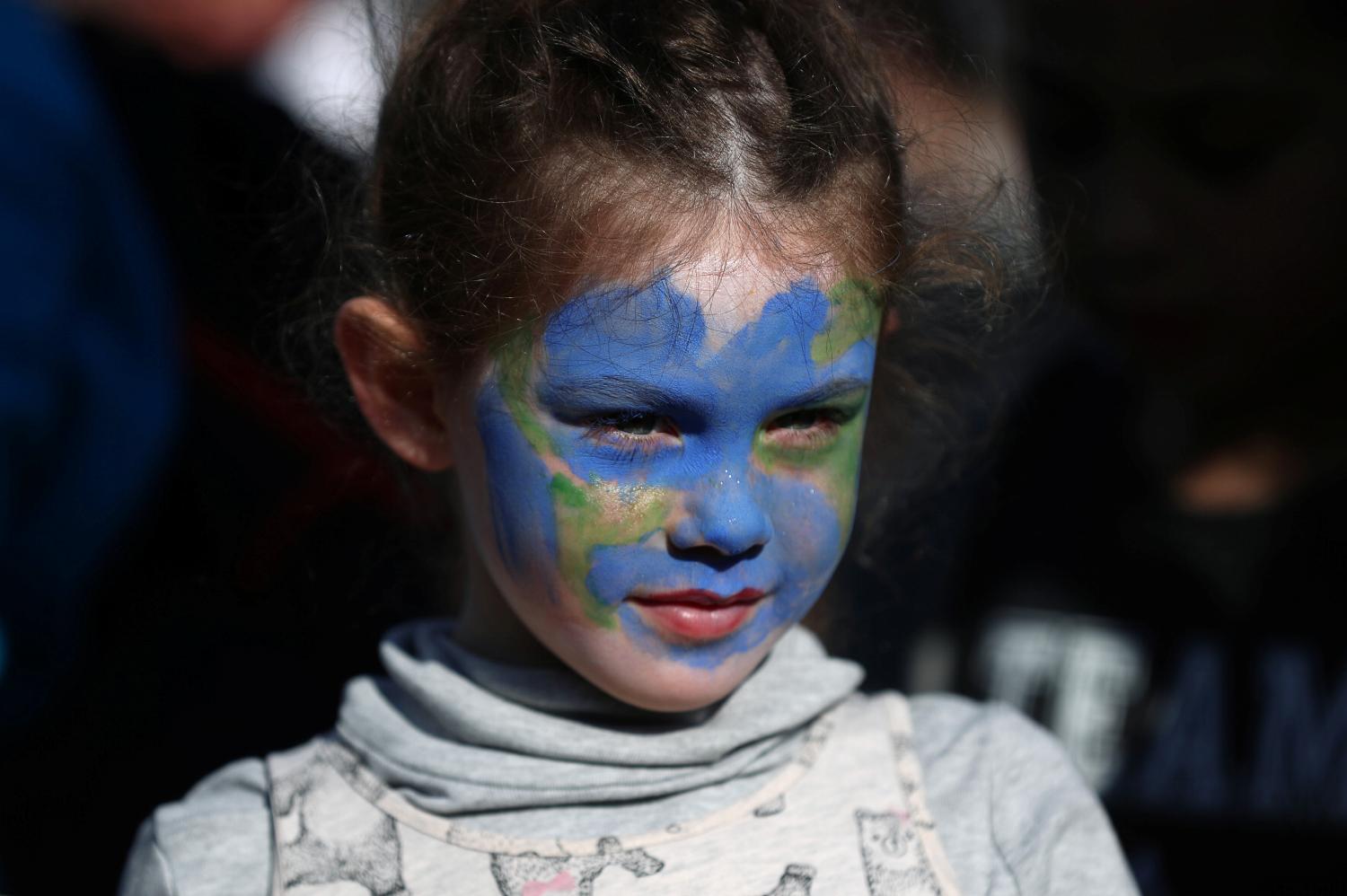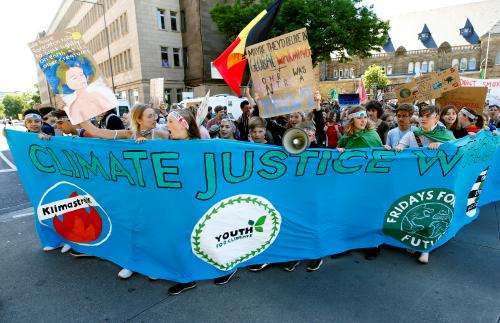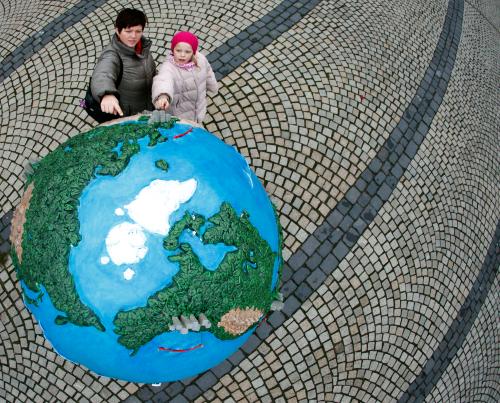In the fight to combat the climate crisis, the years 2020, 2030, and 2050 will be important ones for humanity. Under the Paris Agreement, ratified in 2016, 196 states and the European Union have agreed to keep the rise in global temperatures this century to well below 2°C higher than pre-industrial levels, and to take all measures to limit temperature rise to 1.5°C. Such a goal aims to divert the devastating effects that unchecked global warming will have not only on human society but also on the planet—from the loss of human life and destruction of infrastructure due to rising sea levels, more frequent heat waves, and intensified storms, forest fires, and droughts; to widespread extinction of plant and animal species and the collapse of entire ecosystems.
In order to achieve the goals set forward by the Paris Agreement, the United Nations’ Intergovernmental Panel on Climate Change (IPCC) has projected that countries must achieve the target of net-zero anthropogenic carbon emissions—those caused by human activity—by the year 2050. To reach this benchmark, global emissions must fall by at least 45 percent from 2010 levels by the year 2030. In 2015, countries submitted their Nationally Determined Contributions (NDCs), or their national strategies to reduce emissions and adapt to the effects of climate change. However, analysis suggests that the collective efforts behind these NDCs will lead us to fall well short of the Paris goals. Stakeholders committed to the success of the Paris Agreement—and the survival of human civilization—are now focusing on the year 2020, when countries have the opportunity to communicate new or updated NDCs.
It is in this context that the present analysis of NDCs emerges. NDCs—in both their aspiration and implementation—are essential for ensuring that global efforts lead to net-zero emissions by 2050. It is imperative that they include the most comprehensive and inclusive mitigation efforts to reduce greenhouse gas emissions as well as adaptation efforts, which attempt to adjust human and natural systems in response to actual or expected climate impacts in an endeavor to moderate or avoid harm. This means not only addressing the technical sources of carbon emissions or the development of low-carbon technology and renewable energy, but also the sociological factors like poverty, gender inequality, the denial of human rights, and low quality of education that contribute to the systemic drivers of climate change. It also means ensuring NDCs address the multifold pathways for increasing intergenerational human (and non-human) resilience and adaptive capacity.
Why girls’ education
Women and girls experience heightened social, economic, and health impacts of climate change, both in the context of slow-onset disasters like droughts or weather-related emergencies brought on by floods, storms, and heatwaves. Not only does evidence suggest that women’s mortality rates are higher than men’s during climate-related disasters, women are also more likely to experience human rights abuses including: human trafficking as well as sexual violence in temporary shelters; disruptions in their access to important health services including family planning or maternal and postnatal care; interruptions in their participation in income-generating activities due to their role in post-disaster clean-up and recovery; and reductions in their intra-household bargaining power; among many other documented impacts on their well-being.
When age is added to considerations of gender—that is, if the focus is specifically on girls—there is another layer of vulnerability and impact through which climate change intersects. For instance, adolescent girls are at additional risk of being pulled out of school to help alleviate extra domestic burdens, like fetching water, that are shouldered by women in households under climate-related stress. Leaving school also makes girls less likely to be informed about climate change and further increases their vulnerability. Girls are also at risk of being married off early in an attempt by households to manage the financial burdens and/or female safety concerns borne by the environmental hardships and aftermath of weather-related disasters. Such circumstances put into play the early onset of key life transitions, including early pregnancy, that direct girls into a vicious cycle of intergenerational poverty, vulnerability, and marginalization.
National policies that address climate change must also address sociological issues like gender inequality through greater attention to quality, empowering, and transformative education for girls. Climate strategies that are “gender-blind”—or, that do not take gender into consideration—can inadvertently exacerbate gender inequality. By contrast, climate action that is gender-sensitive, gender-responsive, and gender-transformative can bring about the systems-level change needed, not only to eliminate gender inequality, but also to achieve a sustainable, just, equitable, and fair human society.
This paper attempts to illuminate how countries are doing with regard to such climate strategies—promoting education, protection, and empowerment—by focusing on two key questions:
- Recognizing how gender and age place girls at a double disadvantage when it comes to populations with heightened vulnerability to climate change, do climate strategies include adequate attention to social protection, and the inclusion and empowerment of these vulnerable groups?
- Recognizing how education, specifically of girls, and the achievement of gender equality more broadly, contribute in powerful ways to humanity’s ability to reverse climate catastrophe, do climate strategies include sufficient attention to girls’ education, specifically, and to inclusive, quality, gender-transformative education, more broadly?
Our analysis will provide a baseline from which we can track progress in national policies to combat climate change on the crucial issues of gender equality, girls’ education, and the empowerment of marginalized groups.
Note: See also the work of our partners at Plan International and UNICEF on this topic.










